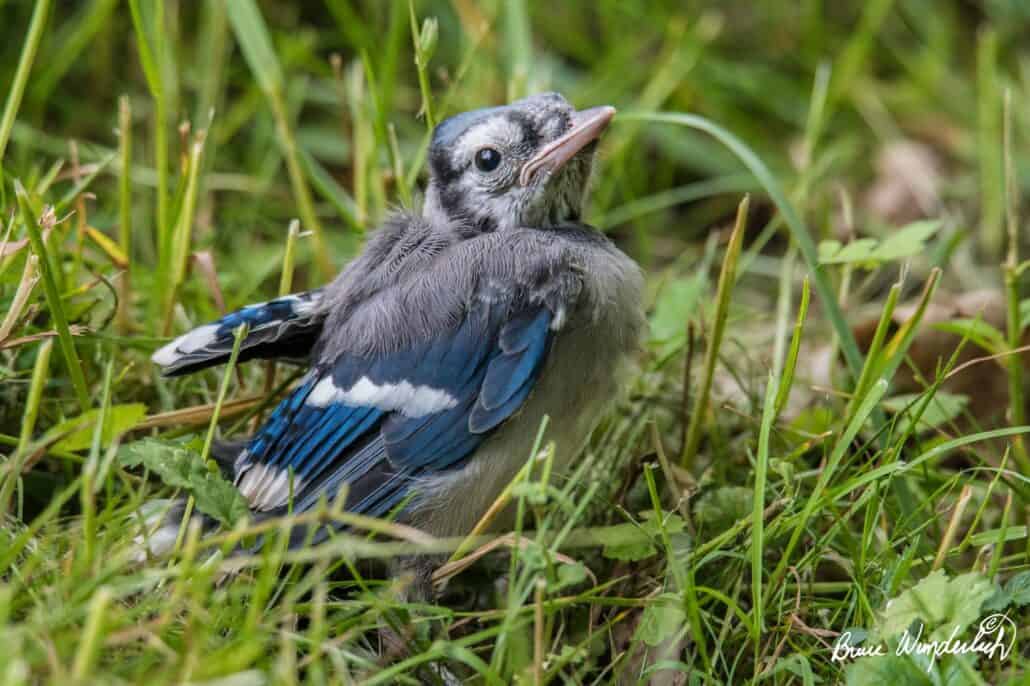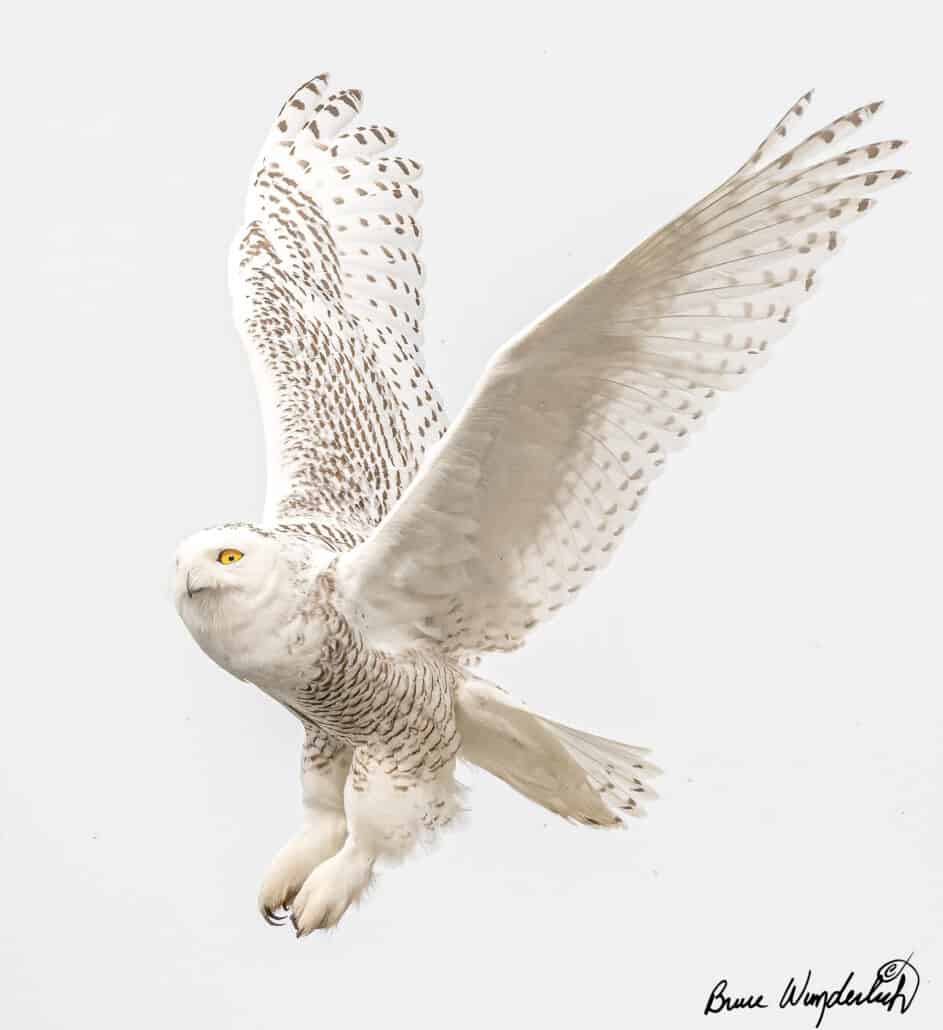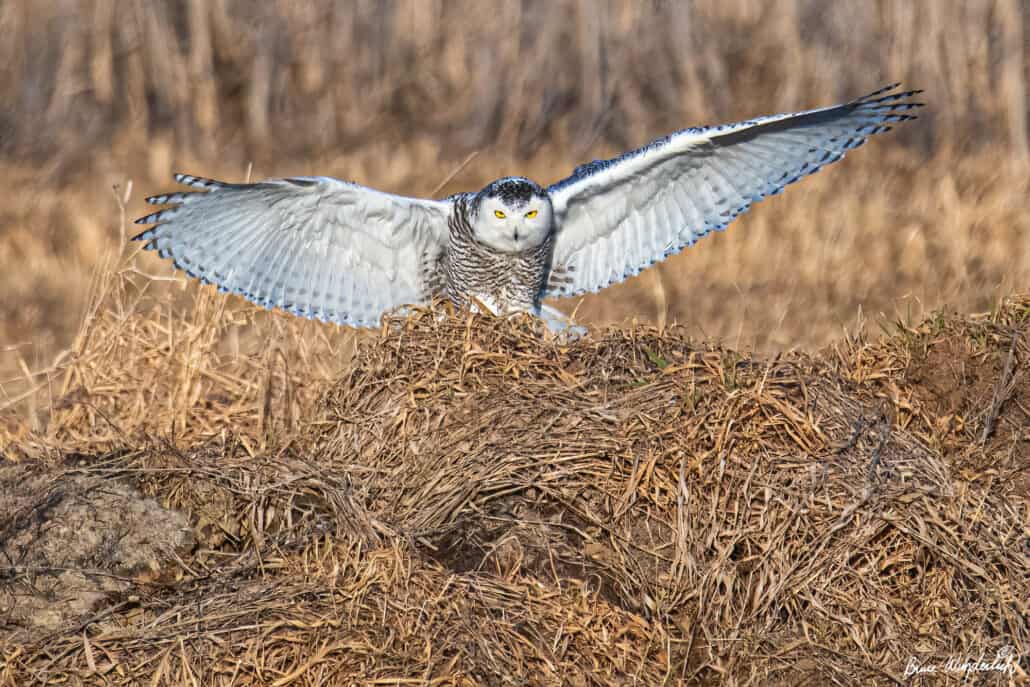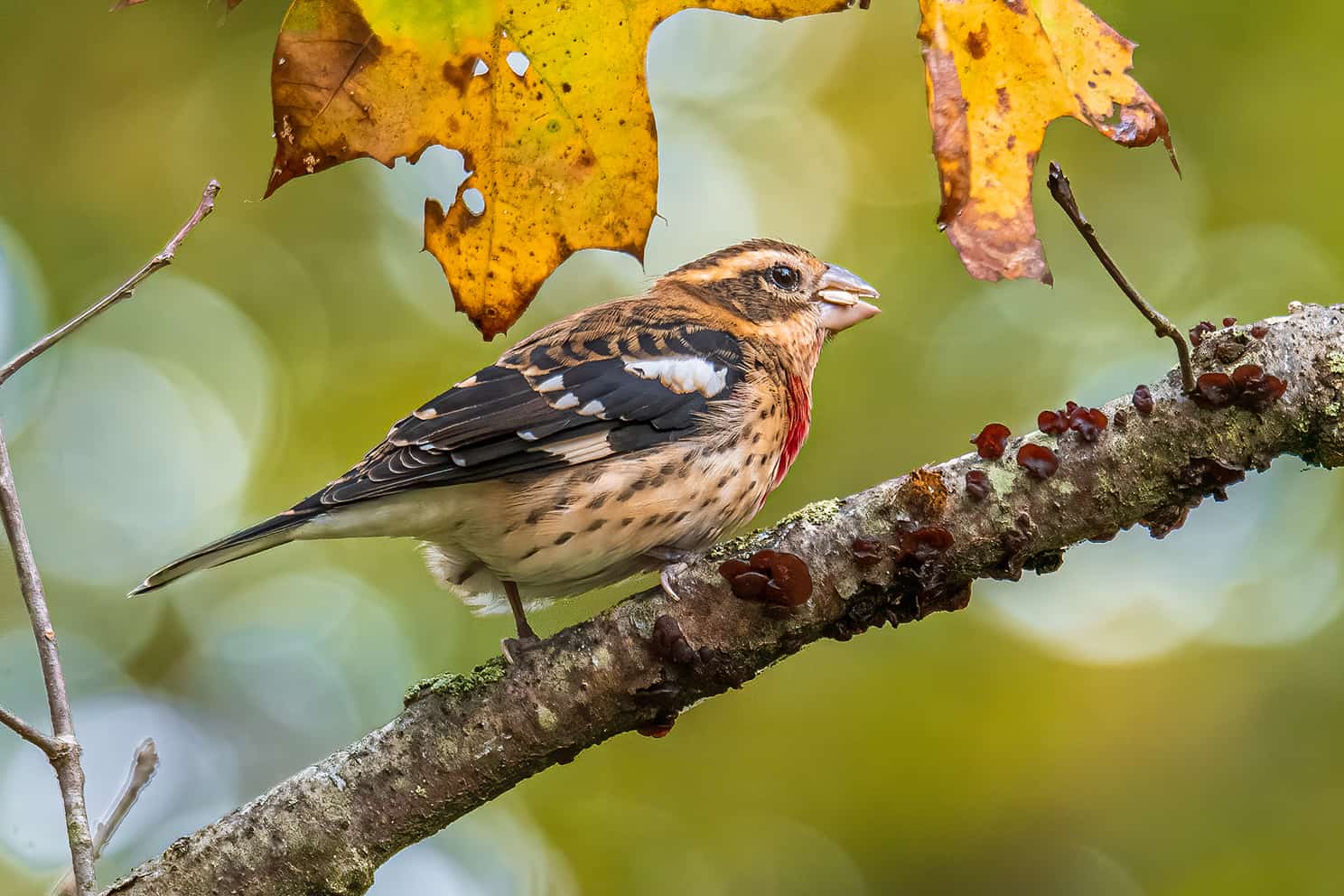
The title I originally planned for this article was “The Woes of Fall Migration,” but I decided instead to focus on the positive. True, fall bird migration can be result in some of the most frustrating birdtography of the year, but along with the challenges can come some rewarding results.
Here are four ways migration happens here in the Midwest in the fall:
- Birds that breed in the North pass through to their winter homes in the South.
- Birds that breed here head south to their winter homes.
- Birds that breed in the North spend the cold season here.
- Lost birds: Some birds take a “post-breeding dispersal” tour of the continent, or storms can bring in birds that are not generally found here.
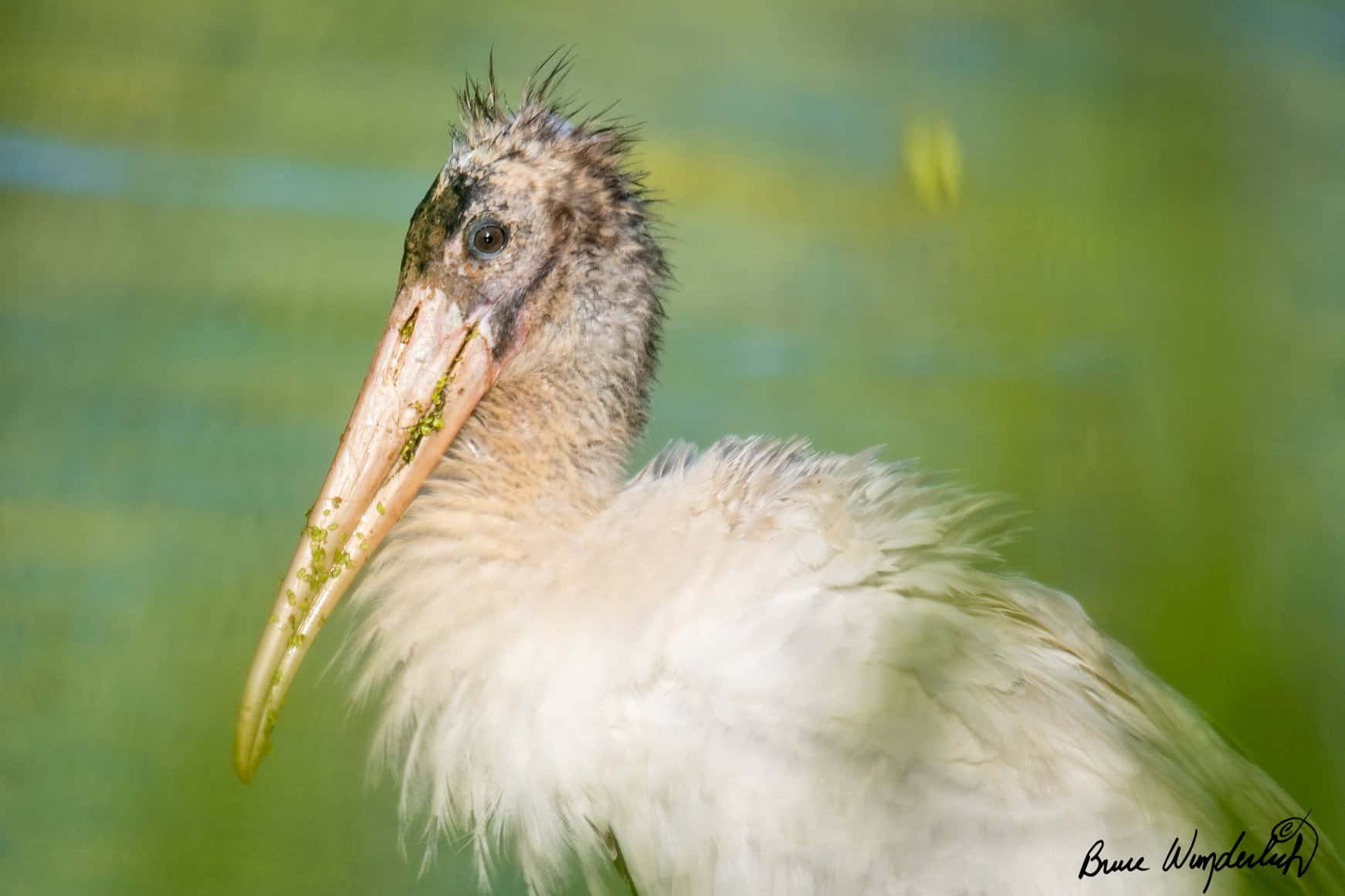


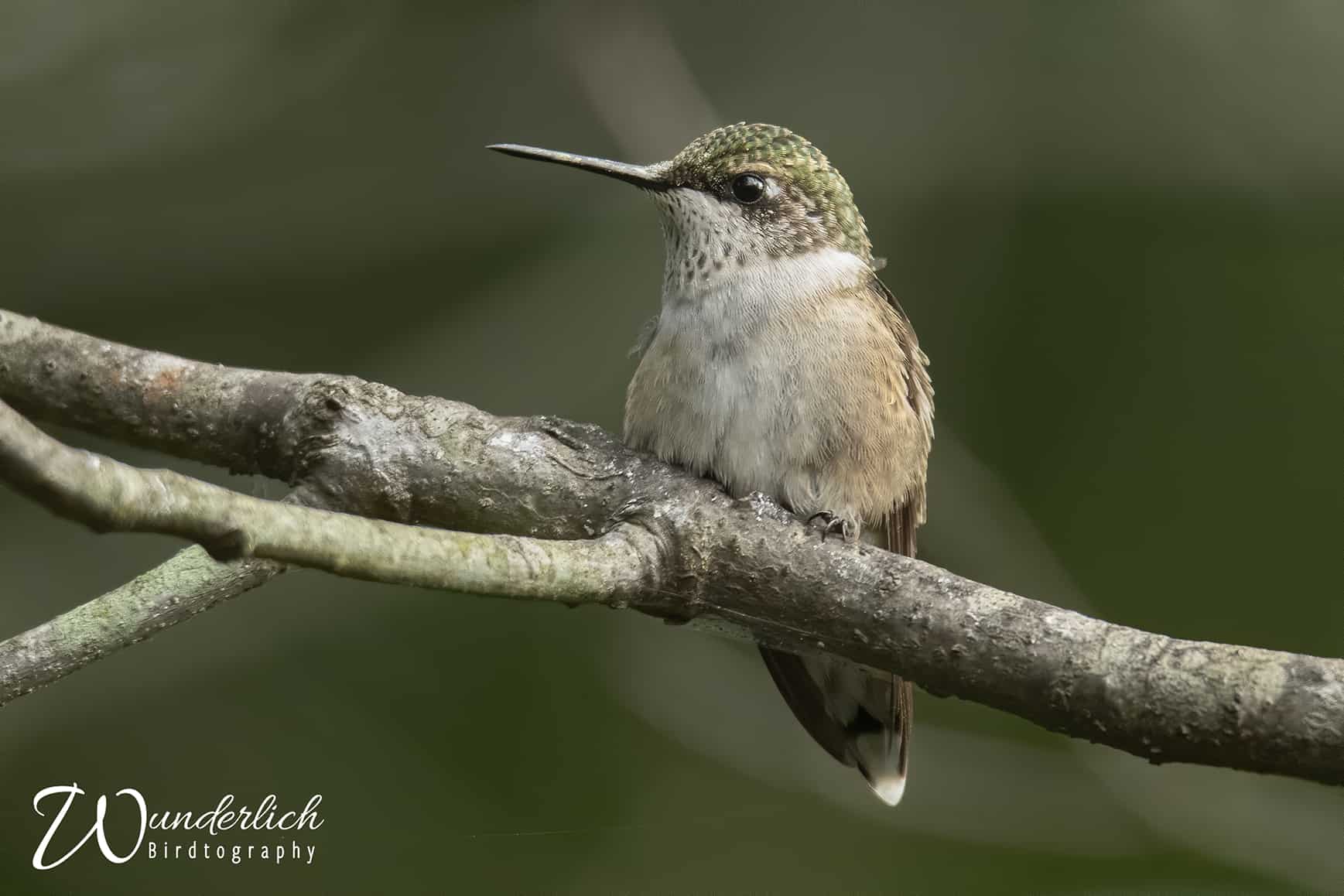
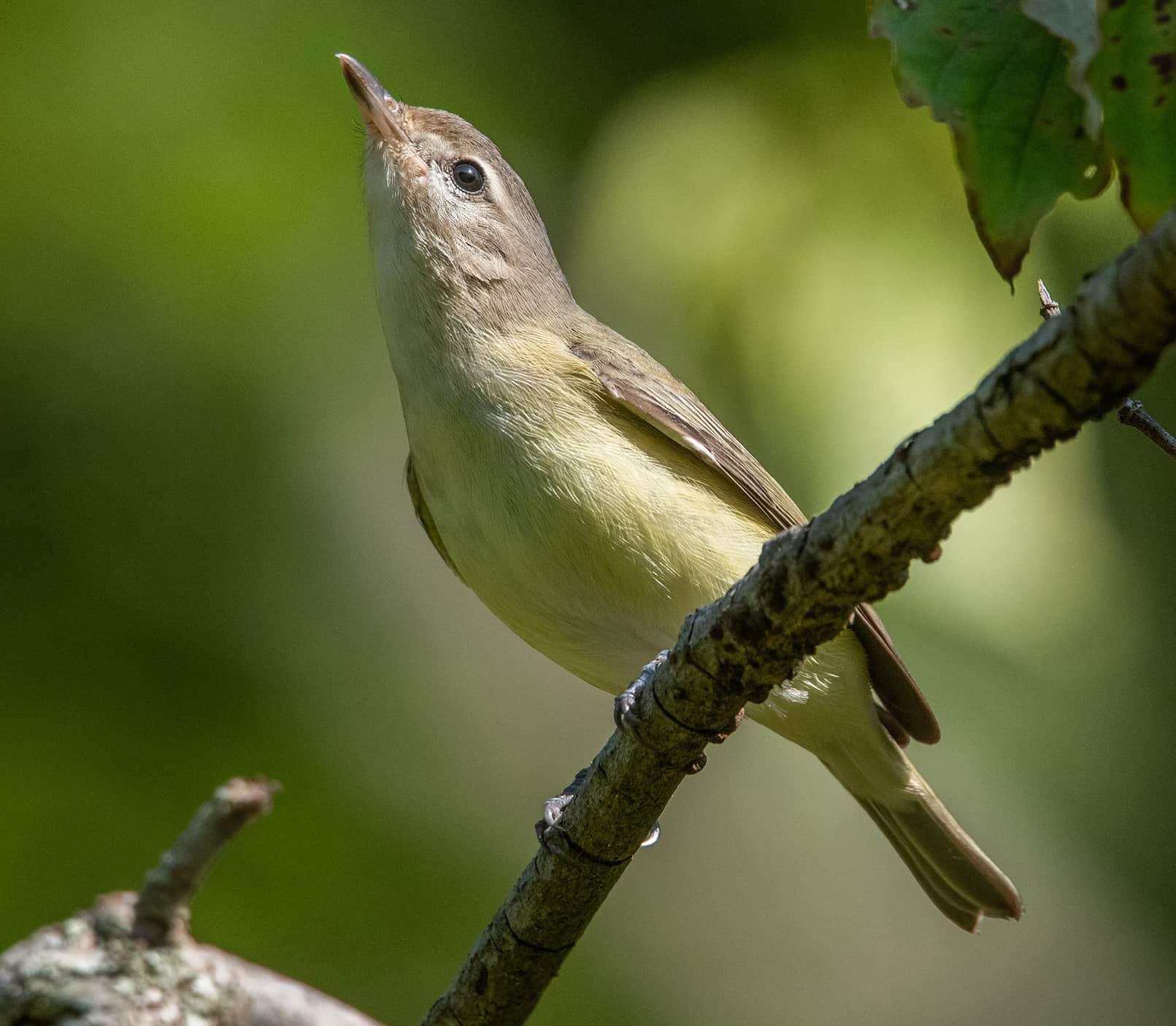
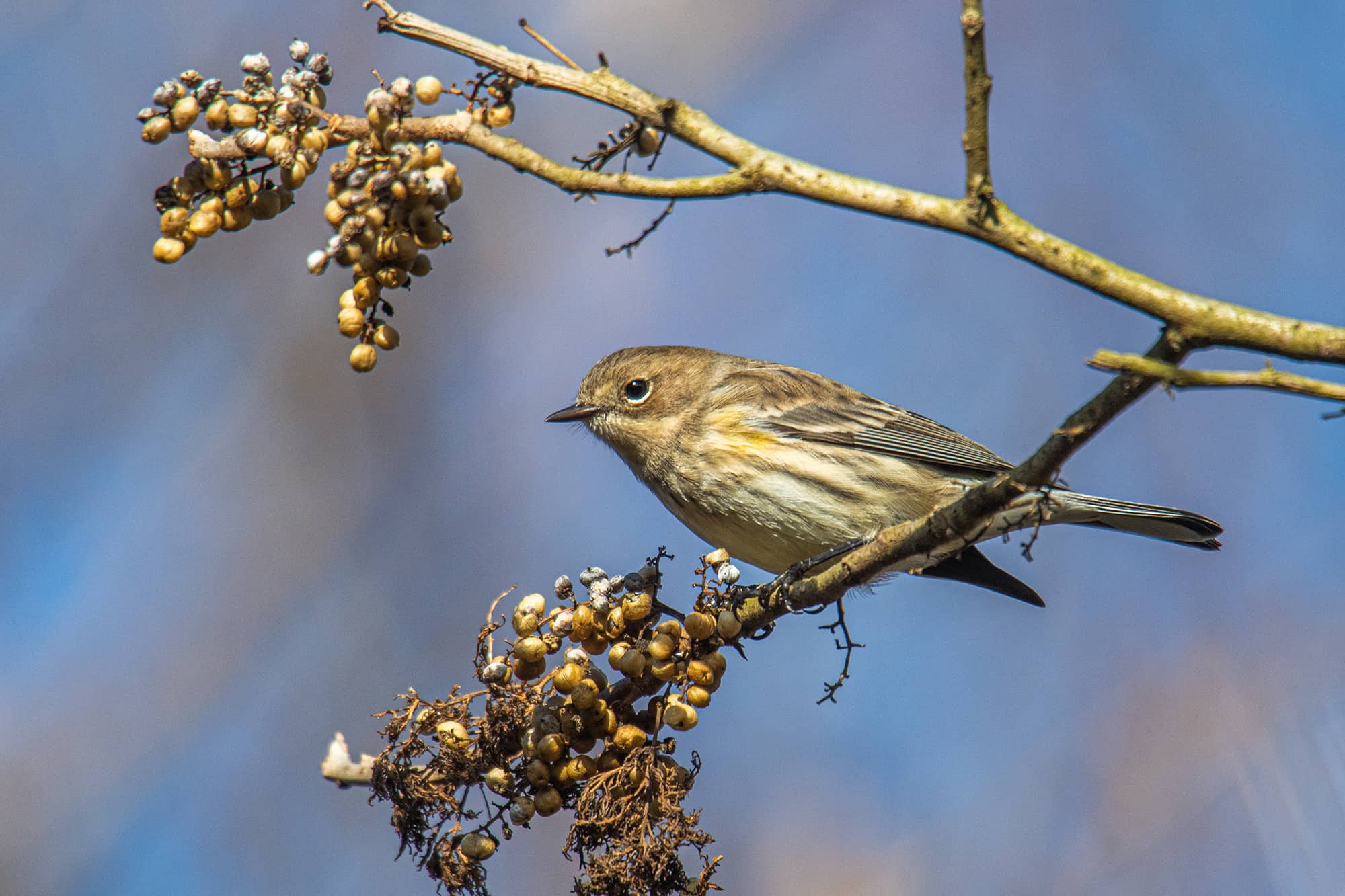
Warblers can be tough subjects to photograph in the fall:
- Some of them change colors, making identification challenging.
- Warblers constantly move and never perch very long in one spot.
- There are still many leaves on trees in the fall; therefore, getting a clear image is next to impossible.
But wait, I wanted to focus on the positive! So, I will give you a few tips that can relieve the stress of fall warbler photography:
- After rain is an excellent time to photograph warblers. The rain will move bugs to lower branches on the trees, and the warblers will follow.
- Watch the weather: Wind from the north will increase the number of migrating birds.
- Load the Merlin app onto your phone to help with identification. You can use the photo ID tab of this app to capture a picture of your camera’s LCD screen for an instant ID in the field.
- When you find a flock of warblers, try to anticipate the direction of their movement and look for a location where you may get an open view of the bird as it forages through the foliage.
- Always remember that light is a crucial factor in any photography. Keep the light to your back to ensure well-lit images of your subjects.
- Plan your fall migration photography around peak migration with real-time forecasts for your area with the BirdCast website.
I hope these tips are helpful. Don’t be discouraged if you come away with no images. It happens to the best birdtographers. Just keep trying, and when you manage to capture a killer image of a migrating fall bird, enjoy the moment and share the photo with friends. I would love to see them.
See a gallery of Bruce’s Fall Migration Photos



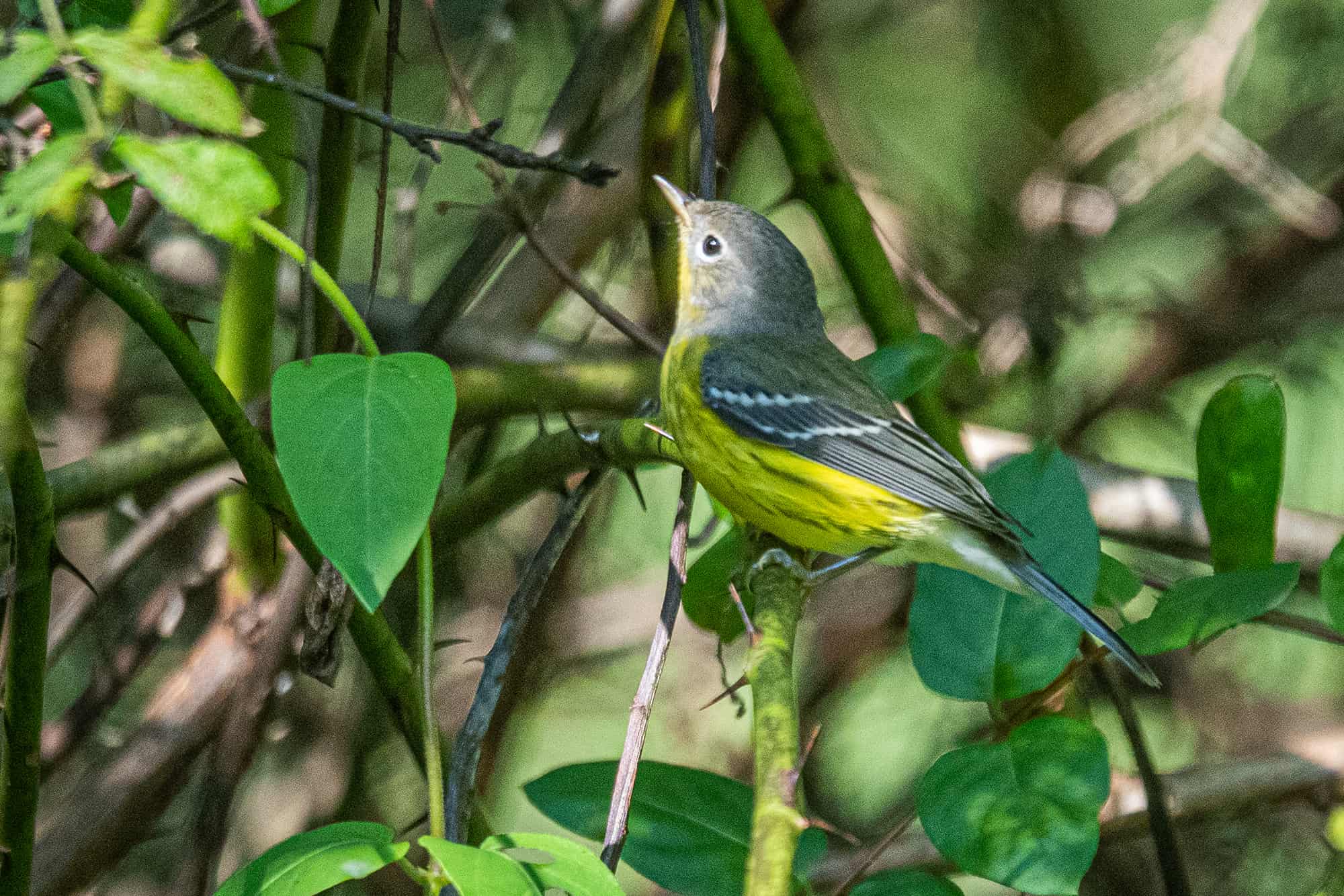





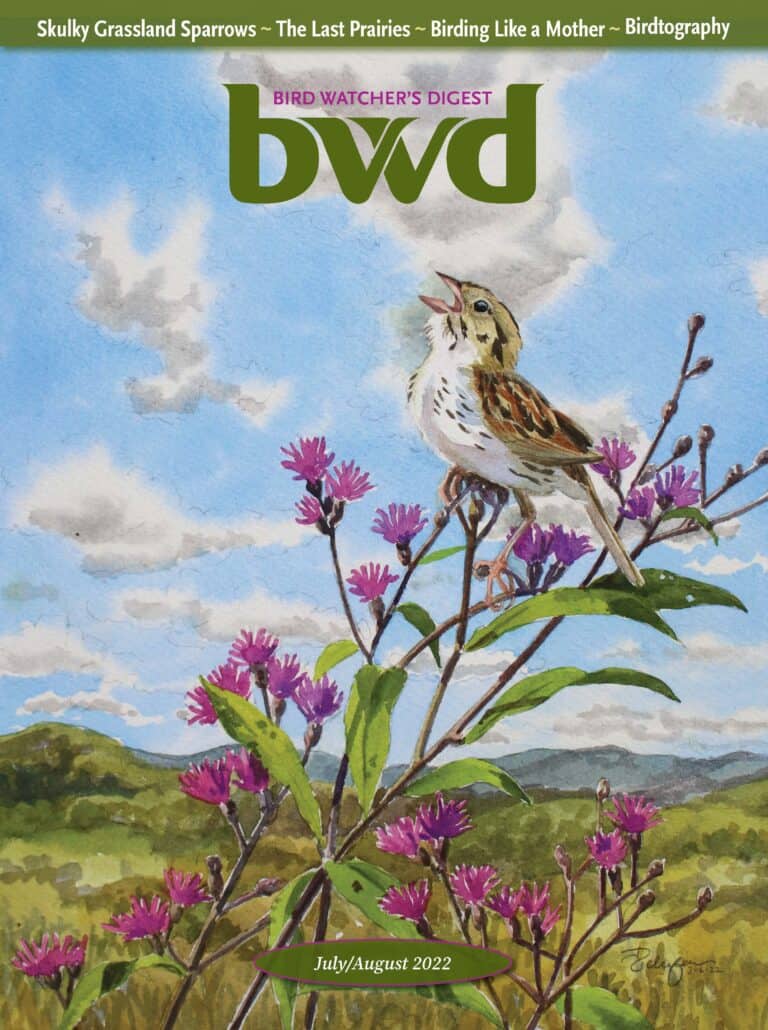
Looking to Subscribe?
Get 6 print issues of the magazine delivered to your door & free digital access
One Year Print Subscription: $26
(to US or Canada, includes digital access)
One Year Digital-only Subscription: $15


